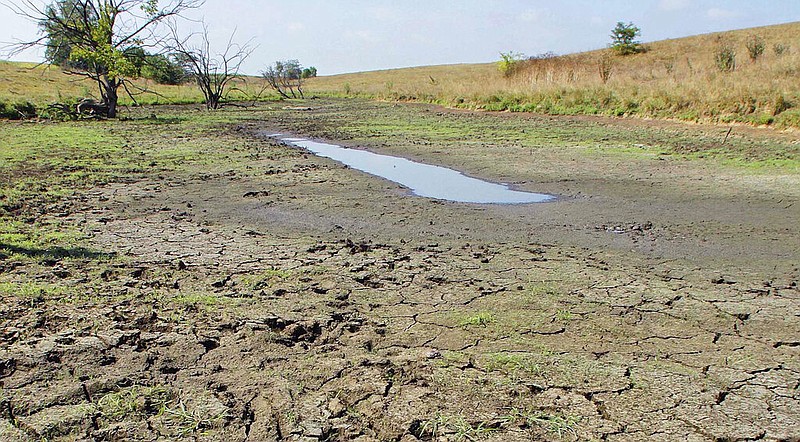The U.S. Supreme Court's ruling recently narrowed the definition of what is considered "waters of the United States" in the Clean Water Act. But there remains room for discussion on wetlands separated by levees for flood control and dry creek beds, said the National Agricultural Law Center's Brigit Rollins.
The high court's opinion on a case out of Idaho, Sackett vs. Environmental Protection Agency, rejected the EPA's argument that a wetland near Priest Lake on the Sackett's property should be considered "waters of the United States," or WOTUS, because it did not share a continuous surface connection to the lake. Thus, the court found, the wetland should not be subject to the Clean Water Act, and the Sacketts are now cleared to build their home on the land after 16 years of litigation.
"The EPA is probably going to have to revisit its most recent definition of WOTUS, in no small part because what is in the EPA's 2023 definition does not comport with what is in this opinion," Rollins said.
The justices held that the Clean Water Act's definition of "waters" should be limited to "geographic[al] features that are described in ordinary parlance as 'streams, oceans, rivers, and lakes' and to adjacent wetlands that are 'indistinguishable' from those bodies of water due to a continuous surface connection."
Rollins said the opinion gets to the heart of what wetlands can be covered by the Clean Water Act by stating it has to share some kind of continuous surface connection.
However, she said, discussion may remain for narrowing what is considered an "adjacent wetland" if it contains a manmade levee for flood control.
"If it is a wetland that would share a continuous surface water connection with, say, the Mississippi River, if not for a levee ... are those now no longer jurisdictional? Questions like this will be left for agencies and lower courts to determine how the opinion is interpreted," Rollins said.
A question also remains, Rollins said, about how the ruling will impact land in Western states that contain dry creek beds, also known as "washes," that drain into a body of water covered by the Clean Water Act.
Rollins, who specializes in environmental law as it intersects with agriculture, will present a webinar on the recent Supreme Court decision on July 19 as part two of a two-part webinar series from the National Agricultural Law Center. Register for the free webinar by visiting the National Agricultural Law Center website. To watch the recording of the first WOTUS webinar in the series, visit the website https://nationalaglawcenter.org/webinars/wotus/.
To learn more about Division of Agriculture research, visit the Arkansas Agricultural Experiment Station website: https://aaes.uada.edu. Follow the agency Twitter at @ArkAgResearch.
John Lovett is with the University of Arkansas System Division of Agriculture.
